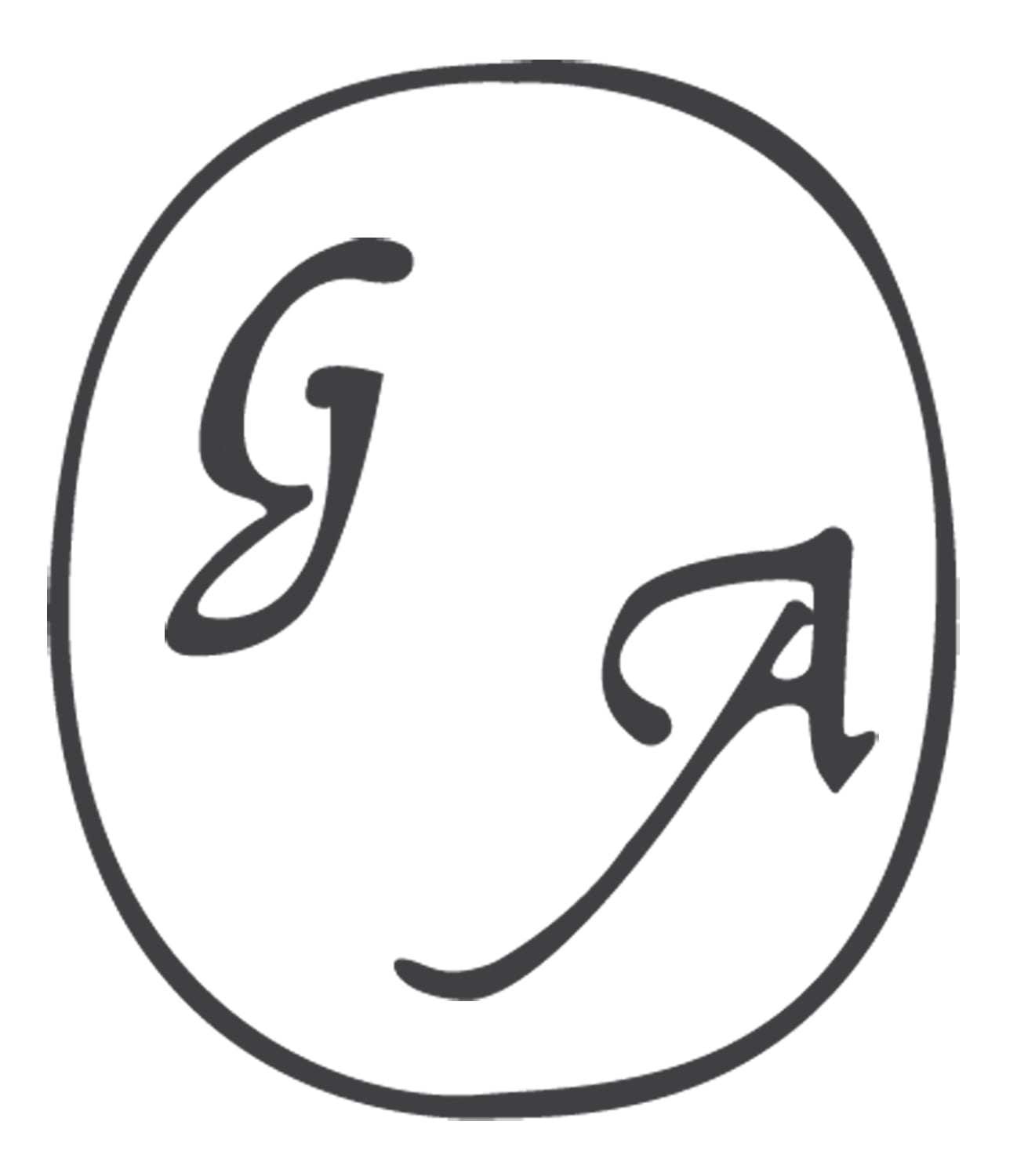Lithography was invented in 1798, as a way of making posters and reached it’s height in Paris in the 1890s, when artists like Bonnard and Toulouse-Lautrec used it to design posters for cabarets and revues. Lithographs were initially made on slabs of stone (usually limestone), although, in the 20th century, the heavy stones began to be replaced by sheets of zinc.
The artist draws on the stone or plate using a greasy medium, such as a wax crayon. The surface is then dampened with water, which is repelled by the greasy areas, sticking only to the sections of the plate that have not been drawn on. Ink is then applied to the plate with a roller and this sticks only to the greasy sections, as the water protects the rest of the plate. The stone or plate is then covered with paper and run through the press, printing the original crayon drawing.
Screenprinting was made famous by the Pop artists of the 1960s, who took this commercial process (used for printing labels and t-shirts) to make their art of consumer icons. It is essentially a stencil process. A fabric mesh (screen) is stretched over a frame, which is then placed on top of a sheet of paper. The screen is blocked out with a stencil. Most screenprints are made up of a number of layers – with each stencil allowing a different element or colour to be printed. Ink is then dragged over the screen using a squeegee, forcing its way through the un-masked areas onto the paper beneath. One of Warhol’s great innovations was to cover the screen with a photosensitive material and then project a photograph on it, turning the screen into the equivalent of a film ‘negative’ and thus allowing him to endlessly print the images of his favourite stars.
In a monotype, an un-worked metal plate is drawn on using ink and then pressed against a piece of paper. Usually, the ink will last for one strong and one weak impression – creating an ‘original drawing’ and a printed edition of one (hence the name).


